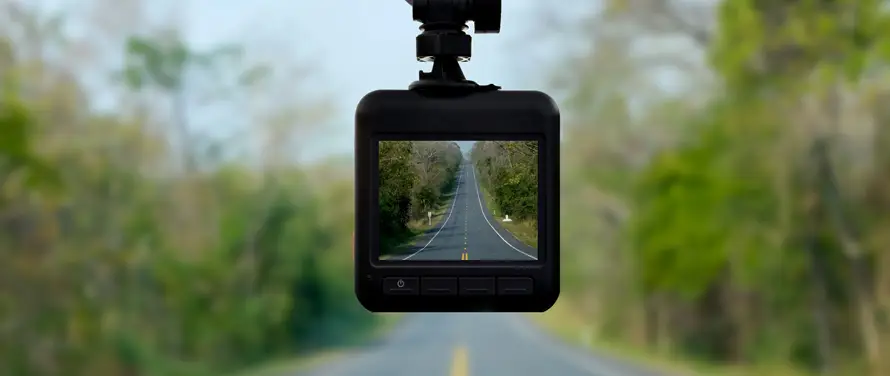Motor Vehicle Accident Liability
Motor Vehicle Accident Liability When you suffer an injury in an auto accident caused by someone else, you have a legal right to seek compensation
TrafficAccidents.com is a free resource and guide for those who have suffered an injury caused by a traffic accident and don’t how to receive compensation.

Liability for traffic accidents arises from negligence law. This means that not every accident will result in liability. Sometimes, drivers simply cannot avoid an accident. A traffic accident can happen due to slick roads, poor visibility, or high winds without any liability on the part of the drivers involved.
But many accidents do result in liability. According to the National Highway Traffic Safety Administration, 94% of vehicle crashes result from driver error. This means drivers can only blame 6% of accidents on vehicle failures, environmental conditions, and other factors outside their control.
Here is a short guide to the way that an accident attorney proves liability for a traffic accident.
Tort law covers the liability that arises when someone sustains an injury due to another person’s actions. Tort law gives an accident attorney two paths to prove liability in an auto accident.
Intentional torts are legal wrongs that arise from intentional actions. Battery happens when someone intentionally touches the victim in an offensive or harmful way. An assault happens when someone intentionally places the victim in imminent fear of a battery. Intentionally hitting someone with a car would qualify as both an assault and a battery.
In most cases, an auto accident does not result from intentional actions. Lawyers can have difficulty proving a driver’s intent during an auto accident even if the accident seemed intentional.
But occasionally, a lawyer can gather enough evidence after a motor vehicle accident to file a lawsuit for an intentional tort. For example, a road rage incident could give rise to liability for an intentional tort.
Negligence occurs when one driver fails to drive in a reasonably safe manner. Negligence lies at the heart of most injury claims after a traffic injury.
The benefit of using negligence law to prove liability is that an accident attorney does not need to prove the at-fault driver’s intent. Instead, the injury lawyer only needs to prove that the at-fault driver failed to live up to the standards expected of a safe driver.
Establishing liability for negligence requires proof of four elements:
Every driver owes a duty of care to others on the road. This duty includes following the rules of the road and exercising reasonable care in driving.
When a driver does something that is objectively unreasonable or unsafe, they breach the duty of care. This means that a driver’s actions can constitute negligence even if the driver did not intend to act negligently. This legal standard only requires that the driver failed to act in the way a reasonably prudent driver would in the same circumstances.
In many cases, a driver will receive a traffic citation after an auto accident. Although a traffic citation does not conclusively prove negligence, it can provide a shortcut to proving negligence in most states.
Under a doctrine called “negligence per se,” a court can treat a violation of traffic laws as proof of a duty and a breach. This allows injured people to skip over the “duty” and “breach” elements and go directly to “damages” and “causation” when the at-fault driver received a traffic citation.
To establish liability for a traffic accident, you must suffer damages. Almost any auto injury can qualify as damages. You will often have medical expenses, lost wages, and non-economic losses like pain and suffering from a traffic injury.
If you didn’t suffer an injury, you cannot pursue a negligence claim. For example, a near-miss car accident would probably not support a negligence claim. But if you filed a lawsuit to obtain auto accident compensation, you probably had the kinds of damages you need for a negligence claim.
Your injury lawyer must show that the breach caused your damages. Causation has two parts.
An action constitutes a cause-in-fact if the action of the driver fell within the chain of events that led to your auto injury.
Proximate cause means that your injuries were a foreseeable result of the action. The exact injury does not need to be foreseeable. Instead, a court only looks at whether the driver’s action was of a type that could reasonably be expected to cause injuries.
An injury lawyer will analyze the facts surrounding an accident and identify who might have liability for the crash. They gather evidence of negligence, like accident reports, witness statements, and traffic citations, and present this evidence to the insurer for the at-fault driver.
If the lawyer cannot settle the case, they can file a lawsuit and present the evidence of negligence to a jury.
To speak to a lawyer about proving liability in your auto accident, complete our online consultation form or give us a call today.
Motor Vehicle Accident Liability When you suffer an injury in an auto accident caused by someone else, you have a legal right to seek compensation
What is the Graves Amendment? The Graves Amendment is a federal law that regulates when an accident victim can sue a rental car company. Before
COMPLETE THE FORM TO BE CONNECTED WITH AN ACCIDENT ATTORNEY
Thank you for your inquiry but there are no matches for you at this time. Please come back later and try again.